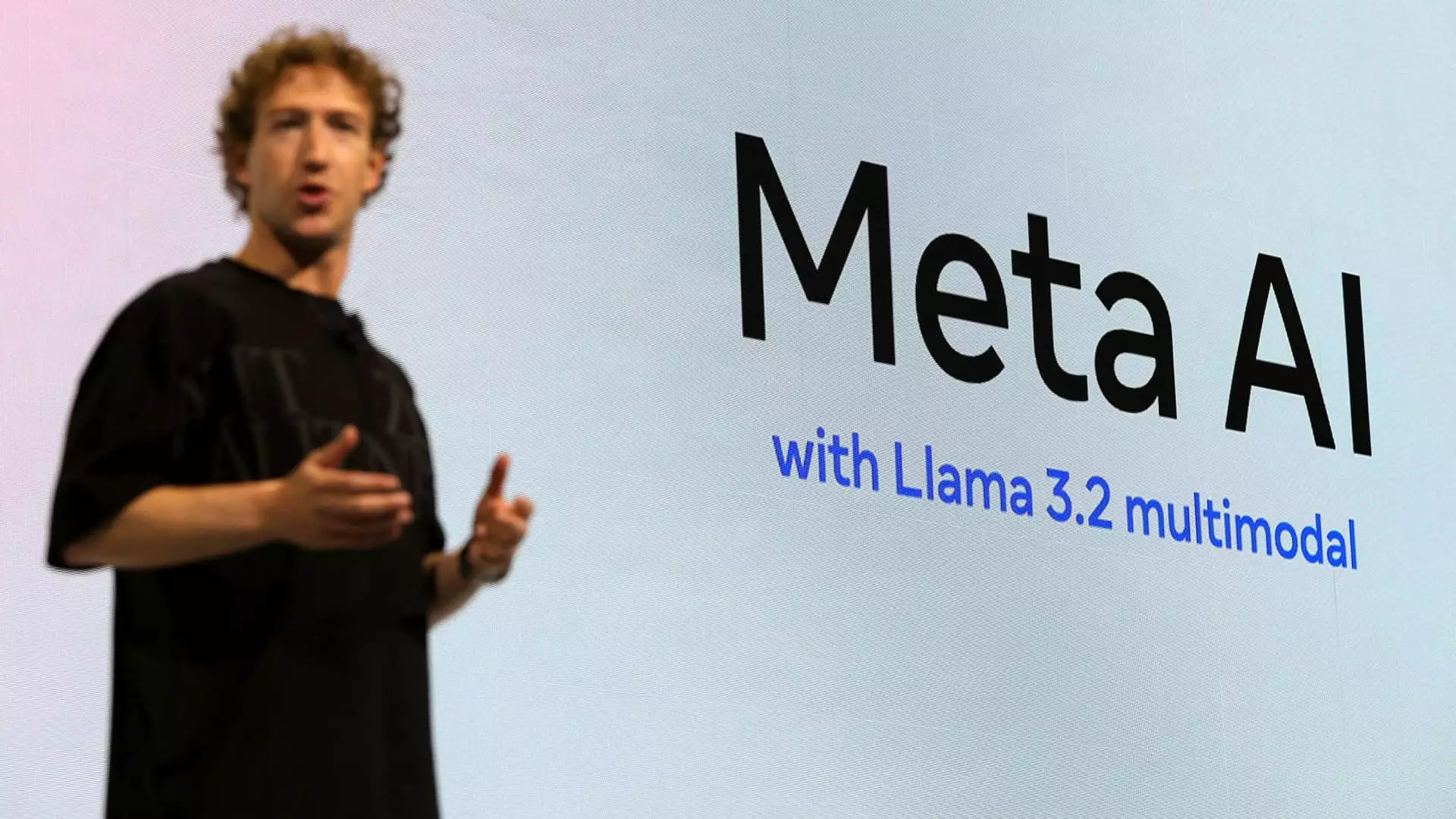In the rapidly evolving landscape of artificial intelligence, Meta Platforms is making a bold move by launching a standalone AI app built on its Llama AI model. This decision signals a direct confrontation with established players like OpenAI, which has dominated the market with its ChatGPT platform. As competition intensifies, the stakes for victory in the AI arms race grow ever higher. Meta’s ambition to capture a significant share of this burgeoning market is ambitious, but the question remains: can they genuinely differentiate themselves in a field flooded with options?
An Interactive Experience Like No Other
One standout feature of Meta’s new AI offering is its Discover feed, which showcases how users are engaging with the tool and offers prompts to enhance interaction. This element is crucial, as user engagement has always been a significant factor in the longevity and success of tech products. By fostering a community-like atmosphere, Meta aims to amplify user adoption and retention. However, if executed poorly, this could backfire, leading to a fragmented user base that’s unsure about how to use the app effectively. Without a strong foundation in usability, even the most innovative features can fall flat.
Building on Strong Foundations
Meta’s prior experience in AI, particularly through its integration of AI chatbots into its existing ecosystem, gives it a distinct advantage. The transition from chatbots to a dedicated AI assistant was strategically timed, as demonstrated by the successful integration of AI within Facebook, Instagram, WhatsApp, and Messenger. This foresight could serve as a springboard for the new AI app, potentially accelerating adoption rates and attracting users who are already familiar with the tools Meta provides. However, the company risks losing current users if they fail to clearly communicate the benefits of shifting to a standalone platform.
Ambitious Growth Projections
CEO Mark Zuckerberg’s projection that 2025 will mark a turning point in AI customization, where over a billion users will seek personalized assistants, is a bold statement. As of January, Meta AI boasted around 700 million active users, and the increase from December’s 600 million suggests robust growth. Yet, such optimistic forecasts often come with a caveat: meeting user expectations at scale can prove to be a daunting task. If Meta can’t deliver an experience that lives up to the hype, it jeopardizes its credibility and long-term prospects in the AI market.
Risk vs. Reward: The $65 Billion Gamble
Meta’s commitment to investing up to $65 billion in its AI infrastructure is a gamble that underscores the company’s serious intent to emerge as a leader in the field. Investors are naturally eager to see tangible results from this investment. However, the pressure is immense. Should Meta’s efforts yield subpar returns, it could deter future investments and slow the innovation pipeline, leaving it vulnerable to competitors like Google and xAI, each launching their own products to growing acclaim.
Meta’s AI app is ambitious, but such bold actions must be matched with seamless functionality and user experience to ensure they do not just become another footnote in the annals of tech history.

